Growing Sage Indoors can feel like a secret superpower for any home cook or aspiring herbalist! Imagine having fresh, fragrant sage readily available, no matter the season, right on your windowsill. Forget those sad, wilted bunches from the grocery store – we’re talking vibrant, aromatic leaves bursting with flavor, ready to elevate your culinary creations.
Sage, with its earthy aroma and slightly peppery taste, has been cherished for centuries. Ancient Romans revered it for its medicinal properties, believing it could grant immortality. It’s been a staple in Mediterranean cuisine for ages, and its use has spread globally, becoming a beloved herb in countless dishes. But let’s be honest, sometimes getting your hands on truly fresh sage can be a challenge. That’s where the magic of indoor gardening comes in!
I’m here to share some simple, yet effective DIY tricks and hacks that will empower you to successfully growing sage indoors. Whether you’re a seasoned gardener or a complete newbie, these tips will guide you through the process, from choosing the right pot to providing the perfect amount of sunlight. Why rely on store-bought herbs when you can cultivate your own thriving sage plant, adding a touch of freshness and flavor to your life, all while enjoying the therapeutic benefits of nurturing a living thing? Let’s get started!
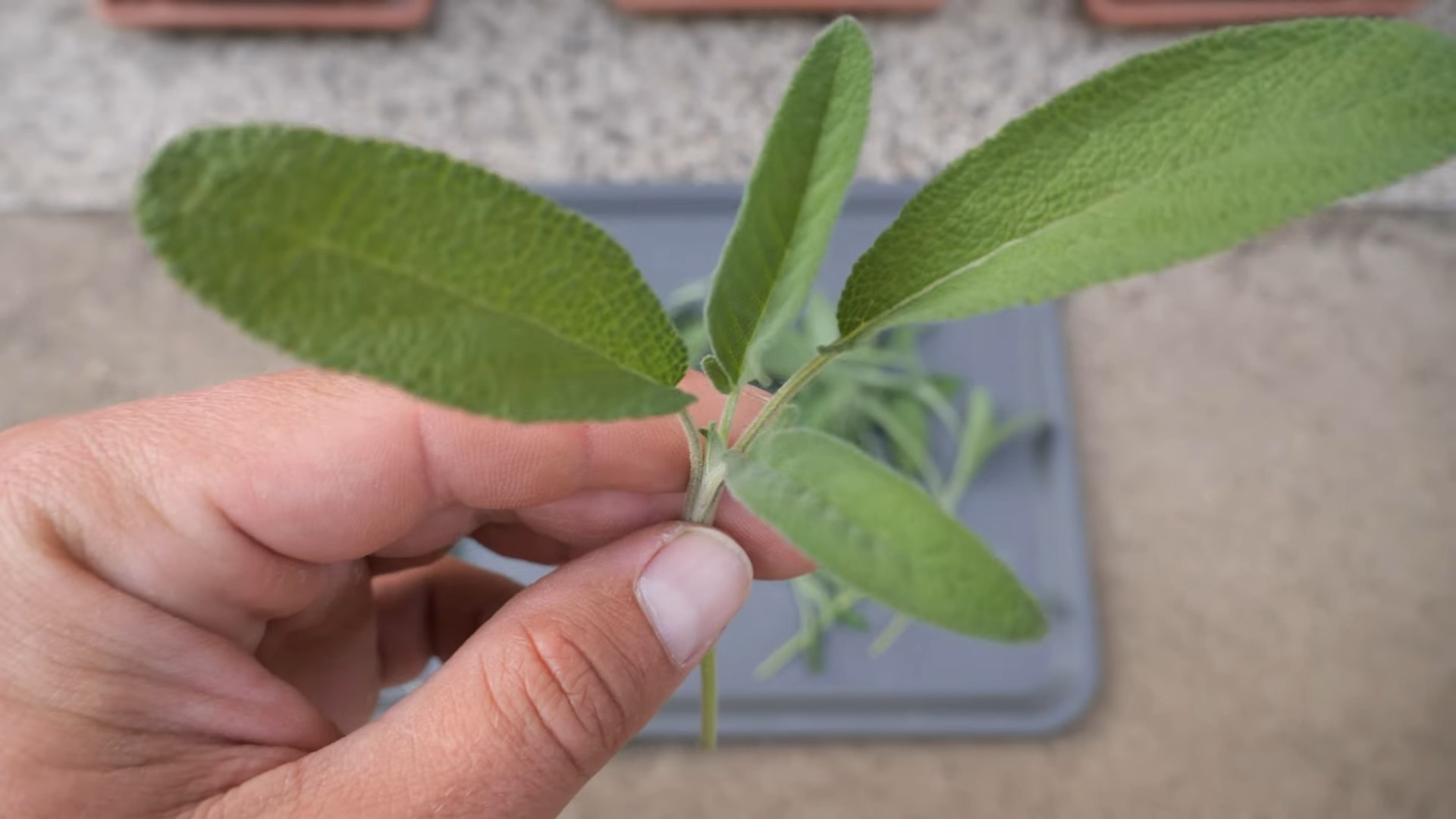
Growing Sage Indoors: A Comprehensive DIY Guide
Hey there, fellow plant enthusiasts! I’m so excited to share my experience and guide you through the process of growing your own sage indoors. Fresh sage is a game-changer in the kitchen, and having it readily available is a real treat. Plus, the aroma is just divine! Let’s get started!
Choosing the Right Sage Variety
Before we dive into the nitty-gritty, let’s talk about sage varieties. While common sage (Salvia officinalis) is the most popular and readily available, there are other options you might want to consider.
* Common Sage (Salvia officinalis): This is your classic culinary sage. It has a strong, earthy flavor and grayish-green leaves. It’s hardy and relatively easy to grow.
* Purple Sage (Salvia officinalis ‘Purpurascens’): This variety boasts beautiful purple-tinged leaves, adding a pop of color to your indoor garden. The flavor is similar to common sage but slightly milder.
* Golden Sage (Salvia officinalis ‘Aurea’): As the name suggests, this sage has golden-yellow variegated leaves. It’s a bit more delicate than common sage and prefers slightly less direct sunlight.
* Tricolor Sage (Salvia officinalis ‘Tricolor’): This variety is a real showstopper with its green, white, and pink variegated leaves. It’s a bit slower growing than other sages, but its beauty makes it worth the effort.
I personally prefer common sage for its robust flavor and ease of growth, but feel free to experiment and find the variety that suits your taste and aesthetic preferences!
Materials You’ll Need
Okay, let’s gather our supplies. Here’s what you’ll need to successfully grow sage indoors:
* Sage Seeds or a Sage Plant: You can start from seeds or purchase a small sage plant from a local nursery. Starting from seeds takes longer, but it’s more rewarding, in my opinion.
* Potting Mix: Use a well-draining potting mix specifically formulated for herbs or vegetables. Avoid using garden soil, as it can become compacted and doesn’t drain well in containers.
* Pot with Drainage Holes: Choose a pot that’s at least 6 inches in diameter and has drainage holes at the bottom. Good drainage is crucial for preventing root rot. Terracotta pots are a great option because they allow the soil to breathe.
* Grow Lights (Optional but Recommended): If you don’t have a sunny windowsill, grow lights are essential for providing your sage with the light it needs to thrive.
* Watering Can or Spray Bottle: For watering your sage.
* Small Shovel or Trowel: For planting and transplanting.
* Seed Starting Tray (If Starting from Seeds): This will help you germinate your seeds before transplanting them to a larger pot.
* Plant Food (Optional): A balanced liquid fertilizer can help boost growth, but it’s not strictly necessary.
Starting from Seeds: A Step-by-Step Guide
If you’re starting from seeds, here’s how to do it:
1. Prepare Your Seed Starting Tray: Fill your seed starting tray with a seed starting mix. Moisten the mix thoroughly, but don’t let it become soggy.
2. Sow the Seeds: Sprinkle the sage seeds evenly over the surface of the soil. Gently press them into the soil, but don’t bury them too deep. Sage seeds need light to germinate.
3. Cover the Tray: Cover the seed starting tray with a clear plastic lid or plastic wrap to create a humid environment. This will help the seeds germinate.
4. Provide Light and Warmth: Place the seed starting tray in a warm location with bright, indirect light. A temperature of around 70-75°F (21-24°C) is ideal. If you don’t have a naturally warm spot, you can use a heat mat.
5. Keep the Soil Moist: Check the soil moisture daily and mist with water as needed to keep it consistently moist.
6. Wait for Germination: Sage seeds typically germinate in 10-21 days. Once the seedlings emerge, remove the plastic lid or wrap.
7. Transplant the Seedlings: Once the seedlings have developed a few sets of true leaves (the leaves that look like miniature sage leaves), they’re ready to be transplanted into individual pots. Gently remove the seedlings from the seed starting tray and plant them in pots filled with well-draining potting mix.
Planting a Sage Plant
If you’re starting with a sage plant, the process is much simpler:
1. Choose the Right Pot: Select a pot that’s at least 6 inches in diameter and has drainage holes.
2. Prepare the Potting Mix: Fill the pot with well-draining potting mix.
3. Remove the Plant from its Container: Gently remove the sage plant from its original container. Loosen the roots slightly if they’re tightly bound.
4. Plant the Sage: Place the sage plant in the center of the pot and fill in around it with potting mix. Make sure the top of the root ball is level with the soil surface.
5. Water Thoroughly: Water the sage plant thoroughly after planting.
Caring for Your Indoor Sage
Now that your sage is planted, it’s time to learn how to care for it. Here’s what you need to know:
* Light: Sage needs at least 6-8 hours of sunlight per day. If you don’t have a sunny windowsill, use grow lights to supplement the natural light. Place the grow lights about 6-12 inches above the plant.
* Watering: Water your sage when the top inch of soil feels dry to the touch. Avoid overwatering, as this can lead to root rot. Sage prefers to be slightly dry rather than constantly wet.
* Humidity: Sage prefers relatively low humidity. Avoid placing it in a humid bathroom or kitchen. If the air in your home is very dry, you can mist the plant occasionally.
* Temperature: Sage prefers temperatures between 60-70°F (15-21°C). Avoid placing it near drafts or heat sources.
* Fertilizing: Sage doesn’t need a lot of fertilizer. You can fertilize it every few weeks with a balanced liquid fertilizer diluted to half strength.
* Pruning: Prune your sage regularly to encourage bushier growth. Pinch off the tips of the stems to promote branching. You can also remove any dead or yellowing leaves.
* Pest Control: Keep an eye out for pests like aphids, spider mites, and whiteflies. If you notice any pests, treat them with insecticidal soap or neem oil.
Harvesting Your Sage
The best part about growing your own sage is being able to harvest it whenever you need it!
1. When to Harvest: You can start harvesting sage leaves once the plant is established and has grown several inches tall.
2. How to Harvest: Use scissors or pruning shears to cut off stems just above a leaf node (the point where a leaf grows out of the stem). This will encourage new growth.
3. How Much to Harvest: Don’t harvest more than one-third of the plant at a time. This will allow it to continue growing and producing new leaves.
4. Using Fresh Sage: Fresh sage is best used immediately. You can chop it up and add it to your favorite recipes.
5. Drying Sage: If you have more sage than you can use fresh, you can dry it for later use. To dry sage, tie the stems together and hang them upside down in a cool, dry place. You can also dry sage leaves in a dehydrator or oven.
Troubleshooting Common Problems
Even with the best care, you might encounter some problems when growing sage indoors. Here are some common issues and how to fix them:
* Yellowing Leaves: Yellowing leaves can be caused by overwatering, underwatering, nutrient deficiencies, or pests. Check the soil moisture and adjust your watering accordingly. If you suspect a nutrient deficiency, fertilize the plant with a balanced liquid fertilizer. Inspect the plant for pests and treat them as needed.
* Leggy Growth: Leggy growth (long, spindly stems with few leaves) is usually caused by insufficient light. Move the plant to a sunnier location or provide supplemental light with grow lights.
* Root Rot: Root rot is caused by overwatering and poor drainage. Make sure your pot has drainage holes and that you’re not overwatering the plant. If you suspect root rot, repot the plant in fresh potting mix and remove any rotten roots.
* Pests: Sage can be susceptible to pests like aphids, spider mites, and whiteflies. Inspect the plant regularly for pests and treat them with insecticidal soap or neem oil.
Enjoying Your Homegrown Sage
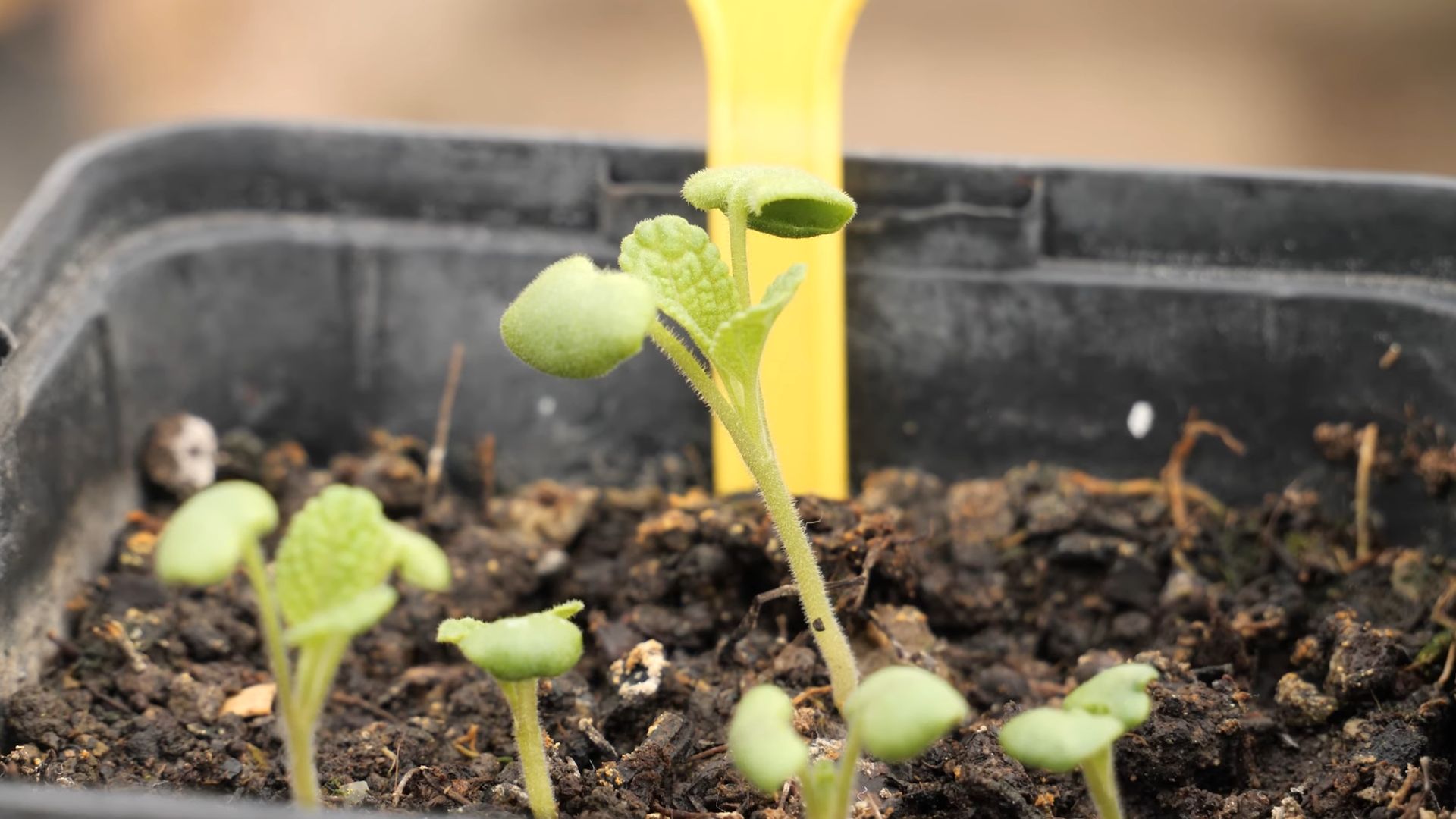
Conclusion
So, there you have it! Mastering the art of growing sage indoors is not only achievable but also incredibly rewarding. We’ve walked through the essential steps, from selecting the right container and soil to providing adequate light and water. But why should you bother with this DIY project?
The answer is simple: fresh, fragrant sage at your fingertips, year-round. Imagine the convenience of snipping off a few leaves to add a burst of earthy flavor to your favorite dishes, without ever having to run to the grocery store. Think about the satisfaction of nurturing a living plant, watching it thrive under your care, and knowing that you’re contributing to a greener, healthier environment, even in a small way.
Beyond the practical benefits, growing sage indoors offers a unique sensory experience. The aroma of sage is known for its calming and uplifting properties, making it a wonderful addition to your home. Plus, the vibrant green foliage adds a touch of natural beauty to any space.
But the best part is that this is just the beginning. Once you’ve mastered the basics, you can experiment with different varieties of sage, each with its own unique flavor and aroma. Consider trying purple sage for its striking color and slightly milder flavor, or golden sage for its variegated leaves and subtle citrus notes. You can also explore different growing techniques, such as hydroponics or vertical gardening, to maximize your yield and create a stunning indoor display.
And don’t forget the power of propagation! Once your sage plant is established, you can easily take cuttings and create new plants to share with friends and family. It’s a wonderful way to spread the joy of gardening and connect with others who share your passion.
Growing sage indoors is more than just a gardening project; it’s an investment in your culinary creativity, your well-being, and your connection to nature. It’s a chance to learn new skills, experiment with different techniques, and create something beautiful and useful with your own two hands.
So, what are you waiting for? Gather your supplies, follow our simple steps, and embark on your own indoor sage-growing adventure. We’re confident that you’ll be amazed by the results.
And most importantly, we want to hear about your experience! Share your tips, tricks, and photos with us in the comments below. Let’s create a community of indoor sage growers and inspire others to discover the joys of this wonderful herb. Happy gardening!
Frequently Asked Questions (FAQ)
1. What is the best type of sage to grow indoors?
While many varieties of sage can be grown indoors, some are better suited than others. Common sage (Salvia officinalis) is a popular choice due to its hardiness and readily available seeds or cuttings. Other good options include:
* Dwarf Sage: A compact variety that’s perfect for smaller spaces.
* Purple Sage: Adds visual interest with its beautiful purple foliage.
* Golden Sage: Features variegated leaves with a golden hue.
* Tricolor Sage: A visually stunning variety with green, white, and purple leaves.
Ultimately, the best type of sage for you will depend on your personal preferences and the space you have available. Consider the flavor, aroma, and appearance of each variety before making your selection.
2. How much sunlight does indoor sage need?
Sage thrives in bright, sunny conditions. Ideally, your indoor sage plant should receive at least 6-8 hours of direct sunlight per day. A south-facing window is usually the best option. If you don’t have access to enough natural light, you can supplement with a grow light. Position the grow light about 6-12 inches above the plant and keep it on for 12-16 hours per day. Insufficient light can lead to leggy growth and reduced flavor.
3. What kind of soil is best for growing sage indoors?
Sage prefers well-draining soil that is slightly alkaline. A good potting mix for sage should consist of:
* Potting Soil: Provides a base for the plant to grow in.
* Perlite or Vermiculite: Improves drainage and aeration.
* Sand: Further enhances drainage.
* Lime: Helps to raise the pH of the soil.
You can also purchase a pre-made herb potting mix, which is specifically formulated for herbs like sage. Avoid using garden soil, as it can be too heavy and may contain pests or diseases.
4. How often should I water my indoor sage plant?
Water your sage plant when the top inch of soil feels dry to the touch. Avoid overwatering, as this can lead to root rot. When you do water, water thoroughly until water drains out of the bottom of the pot. Allow the soil to dry out slightly between waterings. During the winter months, when the plant is not actively growing, you may need to water less frequently.
5. How do I fertilize my indoor sage plant?
Sage is not a heavy feeder, so you don’t need to fertilize it frequently. Fertilize your sage plant every 2-3 months during the growing season (spring and summer) with a balanced liquid fertilizer diluted to half strength. Avoid over-fertilizing, as this can lead to leggy growth and reduced flavor.
6. How do I prune my indoor sage plant?
Pruning is essential for maintaining the shape and health of your sage plant. Prune your sage plant regularly to encourage bushier growth and prevent it from becoming leggy. You can prune your sage plant at any time of year, but the best time to prune is in the spring, after the plant has finished flowering. To prune your sage plant, simply snip off the tips of the stems with a pair of sharp scissors or pruning shears. You can also remove any dead or damaged leaves.
7. How do I harvest sage leaves from my indoor plant?
You can harvest sage leaves from your indoor plant at any time, but the best time to harvest is in the morning, after the dew has dried. To harvest sage leaves, simply snip off the leaves with a pair of sharp scissors or pruning shears. Avoid harvesting more than one-third of the plant at a time, as this can stress the plant.
8. Can I propagate sage from cuttings?
Yes, propagating sage from cuttings is a relatively easy and effective way to create new plants. Take a 4-6 inch cutting from a healthy stem, removing the lower leaves. Dip the cut end in rooting hormone and plant it in a pot filled with moist potting mix. Cover the pot with a plastic bag to create a humid environment and place it in a warm, bright location. Roots should develop within a few weeks.
9. What are some common problems with growing sage indoors?
Some common problems with growing sage indoors include:
* Overwatering: Can lead to root rot.
* Insufficient Light: Can lead to leggy growth and reduced flavor.
* Pests: Aphids, spider mites, and whiteflies can infest sage plants.
* Diseases: Powdery mildew and fungal leaf spots can affect sage plants.
To prevent these problems, make sure to provide your sage plant with adequate light, water, and ventilation. Inspect your plant regularly for pests and diseases and take action promptly if you notice any problems.
10. How can I use my homegrown sage?
The possibilities are endless! Fresh sage can be used in a variety of culinary applications, including:
* Seasoning meats, poultry, and fish.
* Adding flavor to soups, stews, and sauces.
* Making sage butter or sage pesto.
* Infusing olive oil or vinegar.
* Brewing sage tea.
You can also dry your sage leaves for later use. Simply hang the stems upside down in a cool, dry place until the leaves are completely dry. Store the dried leaves in an airtight container. Beyond culinary uses, sage has also been traditionally used for its medicinal properties.

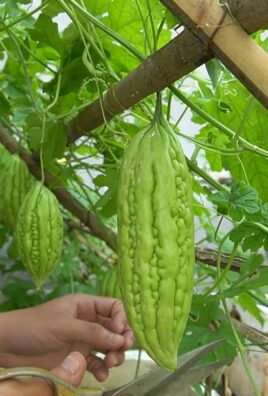
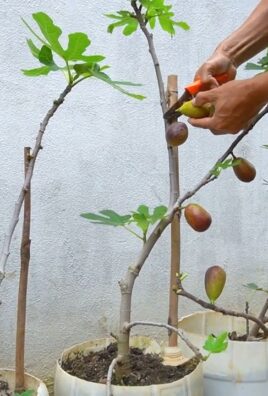
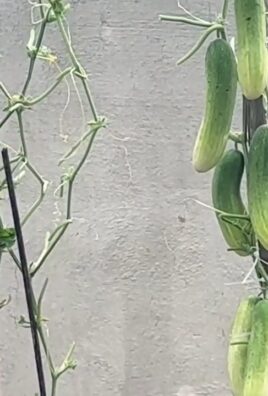
Leave a Comment